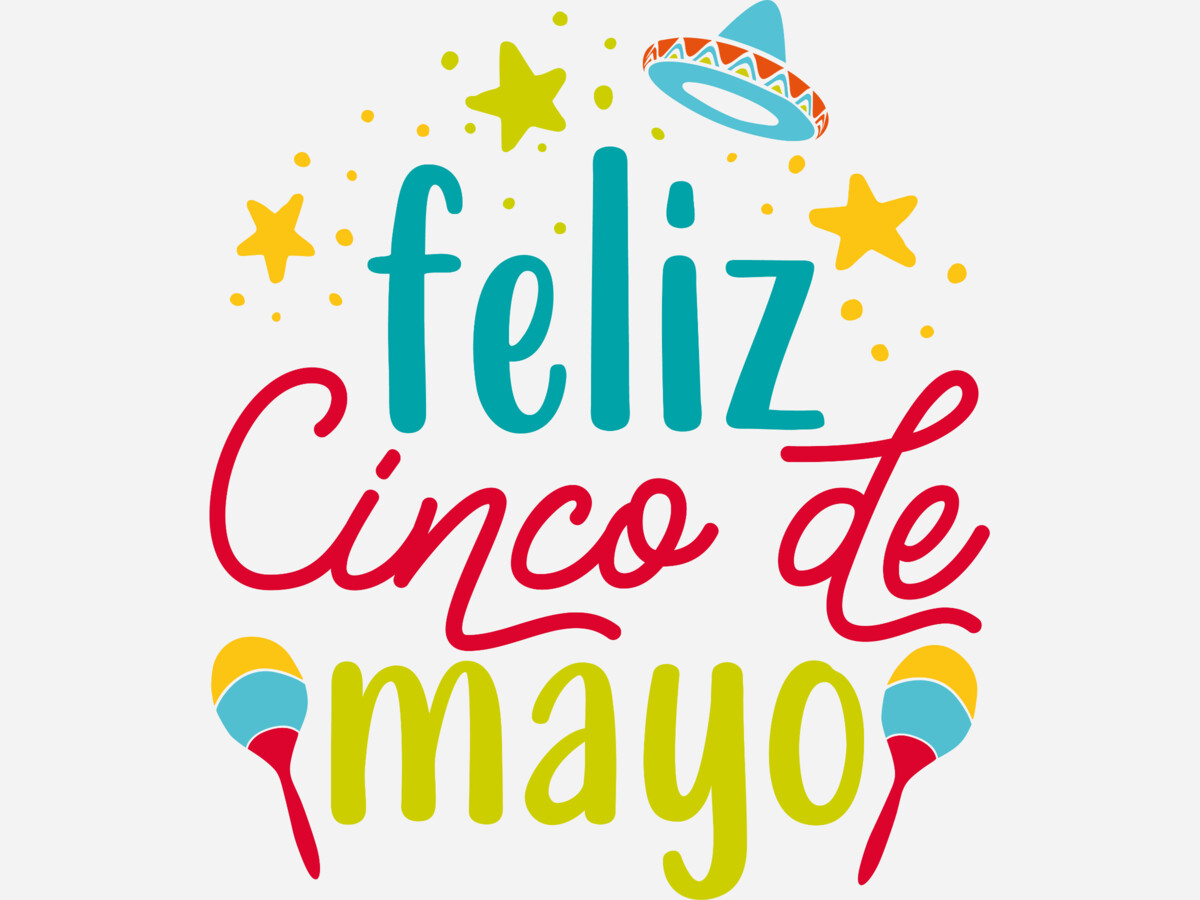Image

The Battle of Puebla (aka Cinco de Mayo) happened, May 5, 1862, half a century after Mexico’s declaration of independence. The marker is in Morelia, Michoacán. The Memorial is at the intersection of Antonio Alzate and Calle Juan José de Lejarza
Whereas, in the San Fernando Valley, Campo de Cahuenga is the site of the signing of the Treaty of Cahuenga in January 1847. According to the L.A. Department of Recreation & Parks website:
The original adobe structure was demolished in 1900; however, in 1923 the City of Los Angeles provided the funds to purchase the property. Decades later, efforts led by Irene T. Lindsay, the then President of the San Fernando Valley Historical Society, resulted in the city building a Mission Revival and Spanish Colonial Revival style replica "adobe" ranch house which was dedicated on November 2, 1950. It is now a park and interpretive center managed by the City of Los Angeles's Department of Recreation and Parks in collaboration with the Campo de Cahuenga Historical Memorial Association.
According to the Smithsonian,
The Battle of Puebla took place after France invaded Mexico in response to Mexican President Benito Juarez’s decision to suspend payment of all foreign debts.
“The Mexican soldiers were outnumbered 2 to 1 by the better-equipped French army, yet the Mexicans crushed the French in the town of Puebla,”
California was under Mexican rule from 1821, when Mexico gained its independence from Spain, until 1848. Approximately 27 years. The US increased its land by 25%. Mexico lost half of its territory. It was the land of California, Arizona, Nevada, New Mexico, Utah, and parts of Colorado and Wyoming. (Texas declared it had won its independence from Mexico.
The Gadsden Purchase, or Treaty, was an agreement between the United States and Mexico, finalized in 1854, in which the United States agreed to pay Mexico $10 million for a 29,670 square mile portion of Mexico that later became part of Arizona and New Mexico. Gadsden's Purchase provided the land necessary for a southern transcontinental railroad and attempted to resolve conflicts that lingered after the Mexican-American War. Gadsden Purchase, 1853-1854 (state.gov) James Gadsden was the U.S. Minister to Mexico under U.S. President Franklin Pierce.
Lieutenant Colonel John C. Frémont signed a treaty, generally termed the "Capitulation of Cahuenga," with General Andres Pico of Mexico. The treaty of Campo de Cahuenga brought peace with honor, allowing both nationalities in California to calmly assimilate into the United States. The treaty was consolidated into the final treaty of Guadalupe Hidalgo of February 2, 1848, between the United States and Mexico. The Mexican War and California: The Treaty of Campo de Cahuenga (militarymuseum.org)
Chief Clerk of the Department of State, Nicholas Trist Believing that he was on the cusp of an agreement with the Mexicans, Trist ignored the recall order and presented Polk with the Treaty of Guadalupe-Hidalgo, which was signed in Mexico City on February 2, 1848. Under the terms of the treaty, Mexico ceded to the United States approximately 525,000 square miles (55% of its prewar territory) in exchange for a $15 million lump sum payment, and the assumption by the U.S. Government of up to $3.25 million worth of debts owed by Mexico to U.S. citizens.
The war had another significant outcome.
On August 8, 1846, Congressman David Wilmot introduced a rider to an appropriations bill that stipulated that “neither slavery nor involuntary servitude shall ever exist” in any territory acquired by the United States in the war against Mexico.
https://history.state.gov/milestones/1830-1860/texas-annexation
The Democrat majority of Southern Senators blocked adoption of the "Wilmot Proviso". The issue of slavery for new states added to the Union was dealt with after the Civil War ended in 1865.
Who was David Wilmot? Originally elected a Democratic he remained with the Party until 1848 when he registered with the "Free Soil" Party which was focusing on the slave issue. He then became a Republican in 1854 and was a major leader in the formation of the Republican Party, including its platform. He later ran for Senate, and won, as a Republican in 1861.